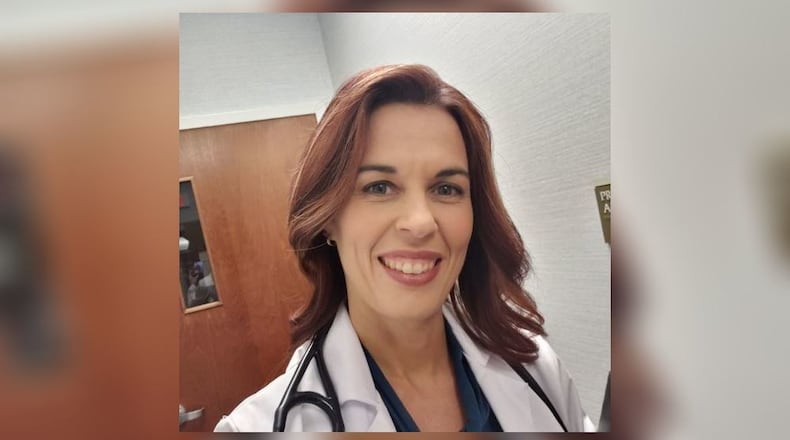MORE: Ohioans live less healthy, spend more on health care
But physician groups say these supervision agreements aren’t just red tape, but are necessary rules to protect patient safety, since NPs have much less education than physicians.
A bill has once again been introduced in the Ohio General Assembly proposing to let advance practice nurses see patients without a formal supervision agreement with a physician.
House Bill 177 was introduced by Rep. Tom Brinkman, R-Mt. Lookout. Brinkman said in his testimony to the health committee that 28 states have safely removed the need for such contracts including Kentucky and West Virginia.
“In many instances, APRN’s have very little interaction with their collaborating physician,” he said in submitted testimony.
Demand for primary care is rising as the baby boom generation is aging into the Medicare population, and as Americans increasingly have multiple chronic conditions. Demand also got a boost in recent years when more people gained coverage through Medicaid expansion and the Affordable Care Act.
About 1.45 million Ohioans live in an area that’s been federally designated a primary care shortage area as of December, according to the Kaiser Family Foundation. There would need to be more than 200 additional practioners to remove the primary care shortage designation.
“The limitations are that it doesn’t allow patients in rural communities to have access that they need,” said Joscelyn Greaves, president of Ohio Association of Advanced Practice Nurses.
MORE: What’s your hospital’s safety rating? Search latest Leapfrog grades
Reggie Fields, spokesman for the Ohio State Medical Association, disagreed that there’s a shortage of physicians in Ohio needing addressed by advanced practice nurses and in Ohio said there is a healthy pipeline of students in medical schools and physicians in residency.
“Certainly that argument can be made in some other states, some more sparsely populated states. Maybe there is an issue in those areas. But that is not an issue in Ohio at all,” he said.
Fields said an advance practice nurse can find a physician to collaborate with in any part of the state where they wish to work.
Greaves organization has fought to remove requirements for these agreements, saying they just mean fees paid to physicians and a physician reviewing sample of the nurse’s charts after the fact. She said nurse practitioners would still collaborate with physicians as needed even if the collaboration agreements went away.
“The limitations are that it doesn’t allow patients in rural communities to have access that they need,” Greaves said.
But some physician groups, including the Ohio State Medical Association, argue nurse practitioners don’t have the training to safely care for patients without physician supervision.
Nurse practitioners undergo 5,350 hours of education and clinical training, while family doctors complete more than 21,000 hours of training, according to the American Academy of Family Physicians.
While nurse practioners play a vital role in health care, Fields said it is important they are required to collaborate with a physician.
“The team based approach to care is the best approach to quality care in the state of Ohio and that team based approach should be led by a physician,” Fields said.
MORE: See how many people bought ACA insurance in your county
About the Author
